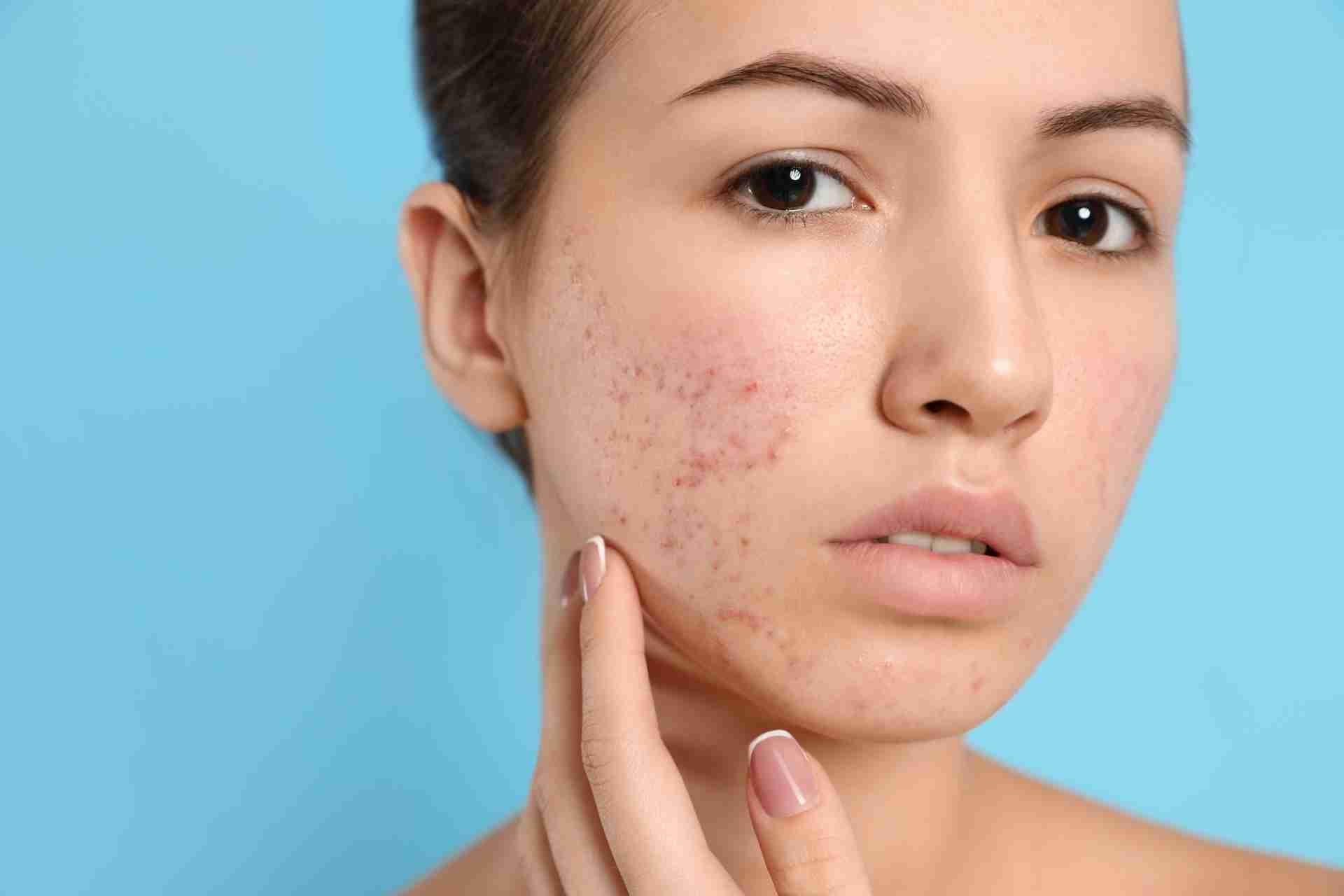What is already known on this topic
Acne — a skin condition that occurs when hair follicles fill with oil and dead skin cells — is typically treated with topical antibiotics, which may worsen the rising problem of antibiotic resistance.
What this research adds
Looking for alternative therapies for acnes, researchers assessed the effects of three Lactobacillus strains in reducing inflammation in people with acne. The researchers developed a cream containing the Lactobacilli and asked 10 people with mild-to-moderate acne to apply it on a daily basis. The application of the cream reduced acne lesions on the participants’ skin and lowered the abundance of skin staphylococci and Cutibacterium acnes, which are thought to be involved in the persistence of acne. The beneficial effects of the lactobacilli-based cream lasted for several weeks, suggesting that the microorganisms can modulate a person’s immune responses — although the underlying mechanisms remain unclear.
Conclusions
The findings suggest that Lactobacilli could be used to treat common acne lesions, reducing the need for topical antibiotics.
Acne — a skin condition that occurs when hair follicles fill with oil and dead skin cells — is typically treated with topical antibiotics, which may worsen the rising problem of antibiotic resistance. Research now shows that probiotic bacteria called Lactobacilli can help to reduce skin lesions in people with acne.
The findings, published in Cell Reports Medicine, suggest that Lactobacilli could be used to treat common acne lesions, reducing the need for topical antibiotics.
Lactobacilli are a group of bacteria that typically occur in the gut and urogenital tract. They produce lactic acid, which can inhibit the growth of a wide range of other bacteria. Previous studies have shown that Lactobacilli can reduce inflammation in different conditions, so Sarah Lebeer at the University of Antwerp and her colleagues assessed the effects of three Lactobacillus strains in reducing inflammation in people with acne.
Probiotic cream
First, the researchers analyzed the skin microbiota of 30 people without acne, and found that women had a 10-fold higher abundance of Lactobacilli on their skin compared to men. So, the team selected three strains of Lactobacilli — Lacticaseibacillus rhamnosus GG, Lacticaseibacillus plantarum WCFS1, and Lactiplantibacillus pentosus KCA1 — based on their growth capacity and safety in people.
Then, they developed a cream containing the Lactobacilli and asked 10 people with mild-to-moderate acne to apply it twice per day for eight weeks. Compared to a control group that used a placebo, participants who applied the cream had less acne lesions on their skin. After 14 days of use, their skin hydration increased by nearly 40%, and none of the participants reported side effects such as erythema or dryness.
The application of the cream also reduced the abundance of skin staphylococci and Cutibacterium acnes, which are thought to be involved in the persistence of acne. It also led to an increase in beneficial Lactobacilli on the participants’ skin, the researchers found.
Skin health
The beneficial effects of the lactobacilli-based cream lasted for four weeks after the participants stopped using it. This suggests that the microorganisms can modulate a person’s immune responses — although the underlying mechanisms remain unclear.
More research is needed to work out how Lactobacilli exert their beneficial effects in people with acne, but the findings suggest that the microbes may alter the skin microbiota, reducing lesion-causing bacteria.
“In this study, we show that live lactobacilli have probiotic potential for the skin and especially to reduce inflammatory lesions in acne,” the researchers say. “Further scrutinization of our results is necessary to contribute to a new era of skin therapeutics based on microbiome modulation as well as more fundamental and mechanistic insights into the possible keystone functions of lactic acid bacteria for skin health.”











